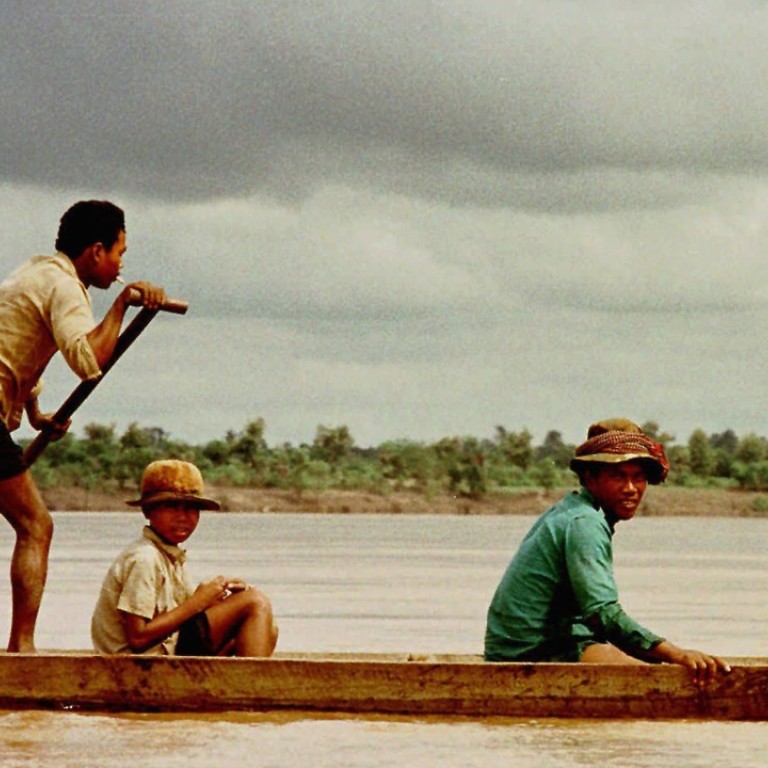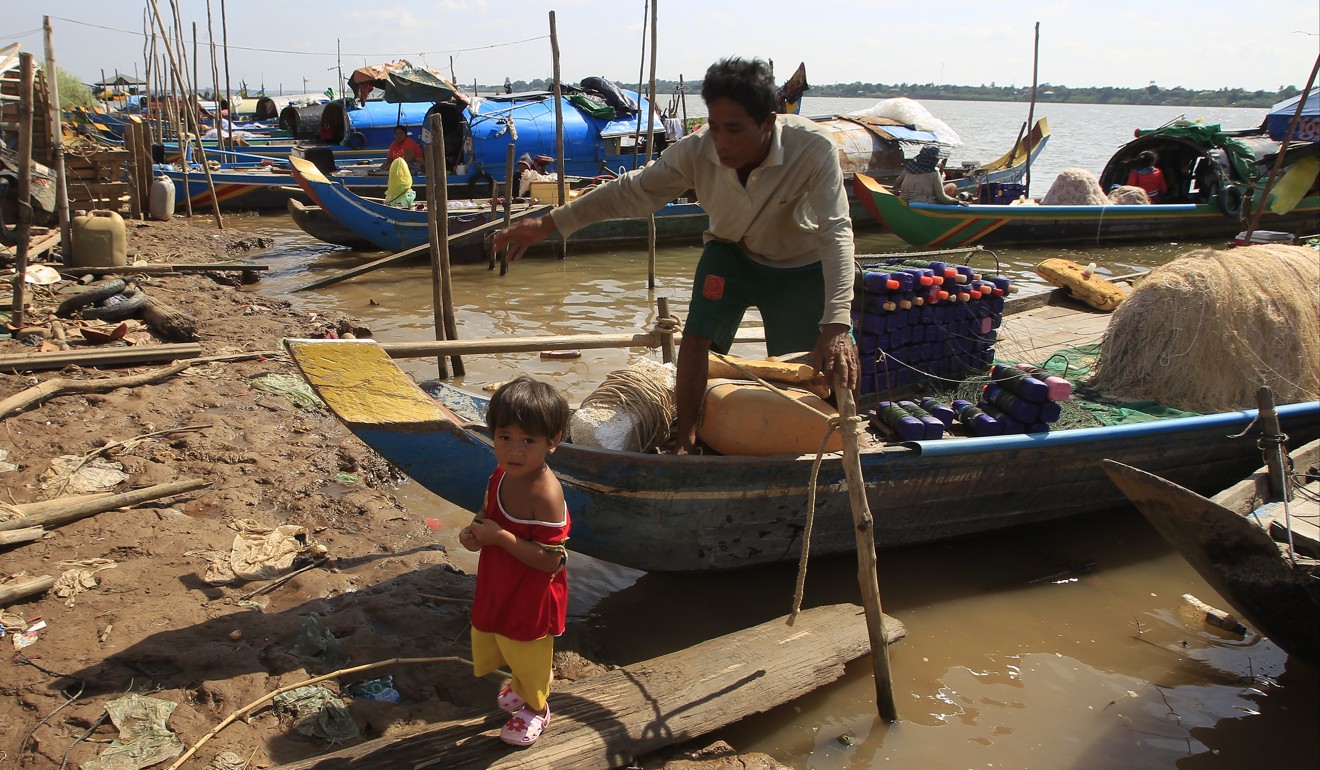
China-backed plan for Mekong’s biggest dam would ‘devastate’ fisheries that feed millions of people, according to US study
Seven dams that China built on the Mekong headwaters in its territory are already a headache for Southeast Asian countries, and have been criticised for exacerbating droughts
A Chinese-backed plan for Cambodia to build the Mekong River’s biggest dam would destroy fisheries that feed millions and worsen tensions with Vietnam, the downstream country with most to lose from dams on the waterway, according to a three-year study commissioned by the Cambodian government.
The report, posted this month on the website of the US-based organisation that conducted the study, said the Sambor dam would “generate large power benefits to Cambodia, but at the probable cost of the destruction of the Mekong fishery, and the certain enmity of Vietnam.”
It said the dam designed by China Southern Power Grid would have a 620 sq km reservoir and dwarf the biggest dam currently being built on the Mekong, the Xayaburi dam in Laos, which was bitterly opposed by environmentalists for years.
The dam and the reservoir would create a barrier that would be devastating for the migratory fish stocks
The experts at the Natural Heritage Institute who authored the report, submitted to the Cambodian government late last year, recommended it defer the project while studying “better” alternatives such as using solar power to augment existing hydroelectric dams.
Alternative sites upstream where the Mekong separates into several channels are possible but either financially unfeasible or only marginally less destructive than the site currently envisaged for the 2,600 megawatt dam, the study said. Possible mitigation measures are either unproven or have a poor track record, it said.
The dam would block fish migration from the giant Tonle Sap lake in Cambodia which is crucial for reproduction and replenishing what scientists say is the world’s most productive freshwater fishery. It would also prevent riverbed sediment that fertilises the Mekong Delta rice bowl from moving down river, a particular problem for Vietnam where delta farmlands are being destroyed by saltwater incursion from the sea.
“The dam and the reservoir would create a barrier that would be devastating for the migratory fish stocks,” the study said.
It also warned that a population of about 80 critically endangered Irrawaddy river dolphins would likely be wiped out because the deep river pools they use as a dry season refuge would become filled with sediment blocked by the dam.

Cambodia’s government, closely allied with China, its northern neighbour, and the recipient of substantial Chinese aid and investment, has not publicly commented on the report.
Seven dams that China built on the Mekong headwaters in its territory are already a headache for Southeast Asian countries, reducing the amount of sediment floating downstream by as much as half, according to researchers.
The Chinese dams were blamed for exacerbating a Southeast Asian drought in 2016, but countries in the region are pressing ahead with plans for Chinese companies to build a slew of other Mekong dams to meet growing demand for energy. Laos, one of the poorest countries in Asia, is pinning development hopes on becoming a source of power for its neighbours.

